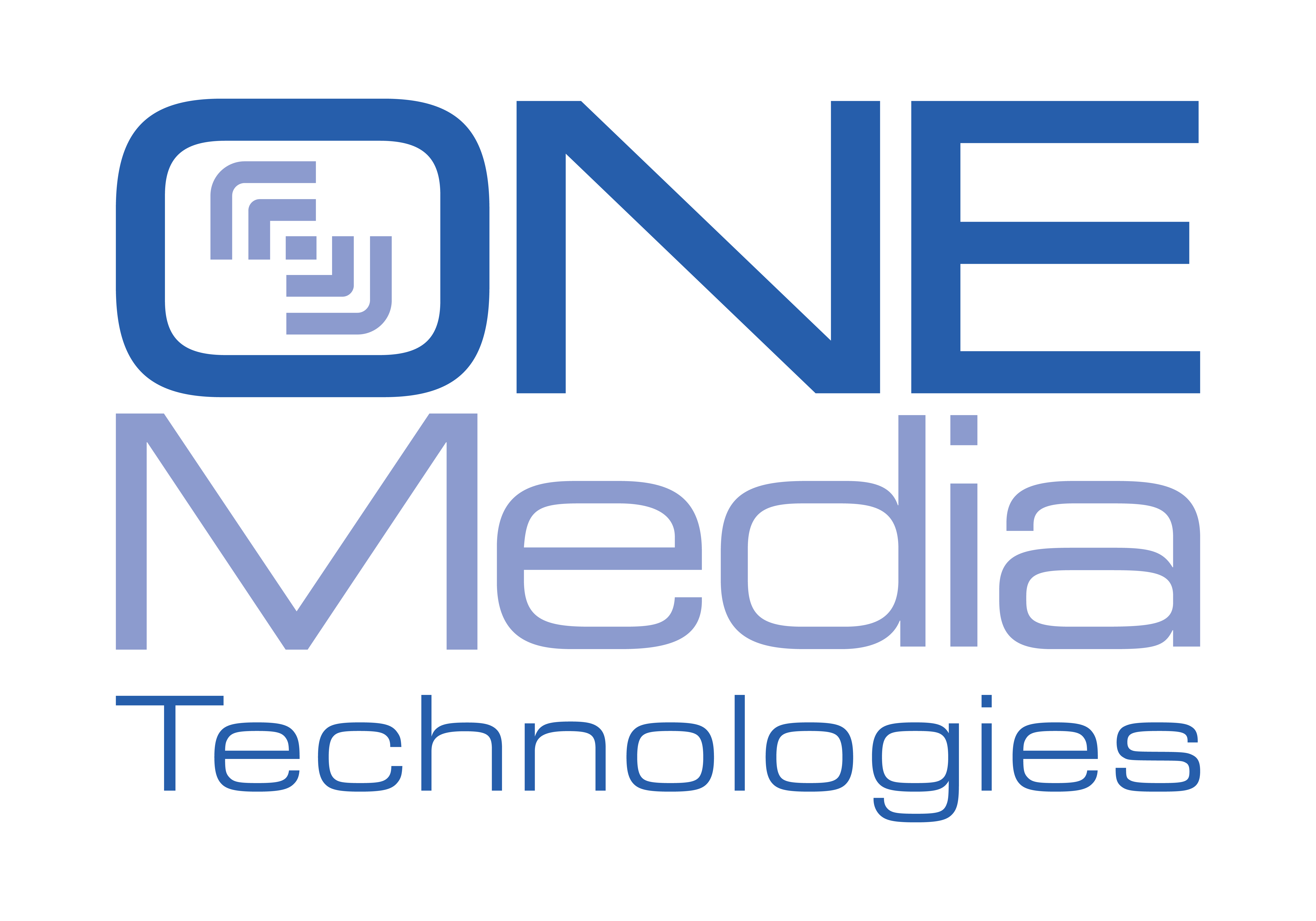Inside Radio February 21, 2023
ATSC 3.0, the next generation terrestrial broadcast system for over the air television, could one day transmit more than video programming to people’s homes, cars, and cell phones. One Media 3.0, the subsidiary of TV giant Sinclair Broadcast that is developing the platform, is working with technology provider Fraunhofer to implement an audio standard into the next iteration of the system.
 “With this new standard, we’re so much more than television,” says One Media 3.0 President Mark Aitken. The technology is able to transmit numerous additional services inside its bandwidth, including AM/FM radio. “The bandwidth is available to support every local radio station,” Aitken says.
“With this new standard, we’re so much more than television,” says One Media 3.0 President Mark Aitken. The technology is able to transmit numerous additional services inside its bandwidth, including AM/FM radio. “The bandwidth is available to support every local radio station,” Aitken says.
ATSC 3.0 is designed to improve the television viewing experience with higher audio and video quality, improved compression efficiency, robust transmission for reception on both fixed and mobile devices, and more accessibility, personalization, and interactivity.
Four of the world’s largest manufacturers now offer sets with 3.0 tuners with Sony making them available across its entire TV line. One Media 3.0 has so far converted about 40 markets to ATSC 3.0. In the Washington-Baltimore market, Hubbard’s all news WTOP (103.5) is being transmitted via ATSC 3.0.
However, the “regulatory morass” a TV station has to go through to convert from 1.0 to 3.0 has slowed down the transition, Aitken says. The National Association of Broadcasters has asked the Federal Communications Commission to launch an internal task force to accelerate the broadcast TV industry’s transition to the new standard.
Radio Demo Planned For NAB Show.
One Media 3.0 demoed a radio application transmitted within the next gen TV signal at January’s CES 2023 in Las Vegas. “It’s a broadcast infotainment package that includes local station programming, plus host of radio services,” Aitken explains. Including radio has so far been done on an ad hoc basis. A new iteration using a more advanced audio codec that will be part of the 3.0 standard will be on display at NAB Show in April. “People coming by the ATSC booth at the NAB Show will see the next turn of the crank of audio infotainment,” Aitken says.
All of this is made possible by using existing UHF television spectrum. Unlike streaming, which can get bogged down by network congestion, ATSC 3.0 flows across broadcast television spectrum, with deep indoor-penetrating television signals.
For radio, ATSC 3.0 would provide additional distribution to the home, where traditional AM/FM receivers are slowly vanishing. According to the 2022 Infinite Dial survey from Edison Research, just under four in ten (39%) Americans age 12 and older reported not having a single radio in their home.
One Media 3.0 is also working to deploy the new TV standard in the Android Automotive operating system that is being adopted by nearly a dozen auto makers and auto-parts suppliers. But apart from some electric vehicle brands not including AM radio receivers due to interference issues, radio already has multiple pathways into the car. Does it really need another? “Think of it as an augmentation of AM and FM,” Aitken says, one that provides data on listening behavior and the ability to control that data. “This is about bringing television and radio together. In that converged environment, we have the ability to understand what people are listening to.”
In addition to making broadcast television available in cars, ATSC 3.0 would give automakers a direct over-the-air date pipeline into the vehicle for software updates, firmware upgrades, mapping, and enhanced GPS capability.
Would Put Radio In Cell Phones
Developers are also working to make ATSC 3.0 available in smartphones via compact add-on devices, some of which were showcased at CES 2023. These receivers, described as a quarter-inch thick “backpack” to the phone, would use a miniature embedded battery and Bluetooth to connect with a smartphone app that would make ATSC 3.0 services accessible in the smartphone.
“The transformative nature of having a wireless IP pipeline is still so new for broadcasters, who, by the way, are struggling in different avenues of their business,” Aitken notes. “These streaming services have impacted every single one of us.”
While the business model for including radio in ATSC 3.0 has not been developed, discussions are underway. “We’re now having conversations with some of the large radio group operators and some of the local stations,” Aitken says. “The business opportunities that we’ve talked about for 3.0 extend beyond better television.”
